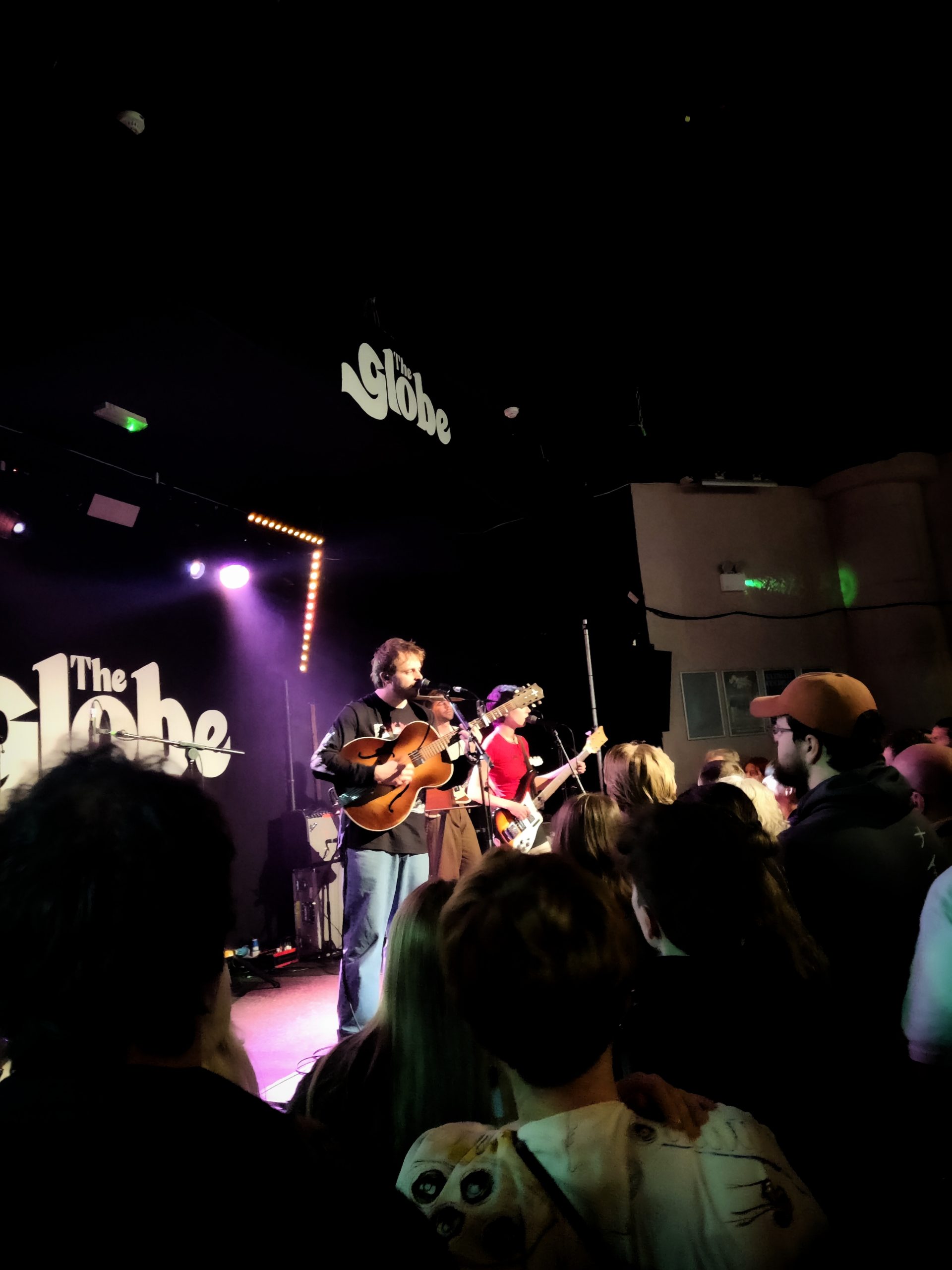by Catarina Vicente.
Coming out is seen by many in the LGBTQ+ community as a huge milestone: a step to showing your true identity to the world, presenting yourself how you want to be seen. For others, coming out is not a big deal: their identities or sexualities are disclosed to a few close relations in a casual convo, and that’s the end of that. In the literary world, the number of coming out stories has been increasing, which is a good thing ÔÇô except that they have composed the majority of queer stories for a while now.┬á
Now, books about the experience of coming out are very important. They are a way of reflecting a queer reader’s experiences, of exploring the emotions and fears that come with revealing a vulnerable part of yourself; if done well, queer readers will feel validated by these stories, by characters like them. These stories are important for non-queer readers as well: getting a peek into the mind of a member of a community that is so stigmatized can bring a new perspective and empathy, familiarizing non-queer readers with circumstances unlike their own. Coming out stories certainly make up a significant portion of LGBTQ+ literature that has shaped public perception of the community.┬á
But the number of coming out books has also had negative impacts ÔÇô such as the number of harmful tropes that have risen. Stories where queer characters are forcibly made to come out ÔÇô I’m looking at Love, Simon ÔÇô can invoke more fear in queer readers looking to come out or trigger traumatic memories for those who have already come out. They can also be harmful as the forced coming out is portrayed as a plot twist, rendering the queer character’s identity to their sexuality or gender expression and the other character’s ÔÇô and audience’s ÔÇô reaction to it. These tropes, and others ÔÇô like the ÔÇÿcloseted bully’ ÔÇô tend to be the symptom of an author trying to use a character’s sexuality or gender identity for a plot point, trivializing the character’s identity.┬á
The experiences that these coming out books portray is also very limited. They tend to be about a male white gay teen ÔÇô again, looking at Love, Simon – in a suburban neighbourhood, part of a middle-class family, struggling to accept his identity; it’s important to represent the queer readers that fit into these categories, but what about those who don’t? Although there have been more books discussing the coming out story of characters who don’t fit this mould ÔÇô characters of colour, of different age ranges and societal classes ÔÇô these never gain as much mainstream attention. The books that become mainstream tend to only reflect one type of coming out experience, and one type of identity, which cannot encapsulate the expansiveness of the LGBTQ+ community’s experience; many types of coming out experiences and identities that are still underrepresented in literature. Thus, no wonder queer readers are growing disillusioned with coming out stories ÔÇô they only seem to represent the identities and stories that straight audiences can accept. Instead of catering to queer readers, international publishers want to ÔÇÿsanitize’ coming out stories so as to be as acceptable to straight reader bases as possible.
Most importantly, queer stories can’t revolve solely around coming out. Most stories that feature queer characters use their sexuality or gender identity as their only character trait; this is harmful as it strips queer readers of complex representation in media. In the same sense, if we reduce queer stories to coming out stories, we are stripping away the complexity of experiences in the queer community, reducing them to a milestone that is more about the response of the non-queer people around them. It seems like coming out stories and LGBTQ+ stories are synonymous when the former is only a facet of the queer experiences out there. It’s important that more stories about the queer experience don’t just focus on the milestone of coming out. We need fully fleshed characters who are queer in stories unrelated to their gender identity or sexuality so that queer readers can see themselves in story contexts that don’t just have to do with their gender expression or sexuality.┬á Sometimes you just want to see yourself reflected in characters living in fantastical worlds, and this is a liberty that the LGBTQ+ community has long since been deprived of, especially in books by bigger international publishers.┬á
If you want some good coming out stories, I recommend Aristotle and Dante Discover the Secrets of the Universe, the Heartstopper comics and I’ll Give You the Sun: these are all stories where protagonists come to terms with their queer identities. But if you just want stories with queer characters in contexts unrelated to their sexual or gender identities, try Six of Crows, the Song of Achilles and This is How You Lose the Time War.
In conclusion, publishers have a long way to go to improve coming out stories. We need more variety: not just white, middle-class teenagers, but characters of different ethnicities and age ranges, to fully encapsulate the diversity within the LGBTQ+ community. Behind the pen, we also need queer authors writing these stories, especially authors of colour. Hopefully, the increase in number of coming stories published these days will someday reflect the range and variety of coming out experiences in the present.


